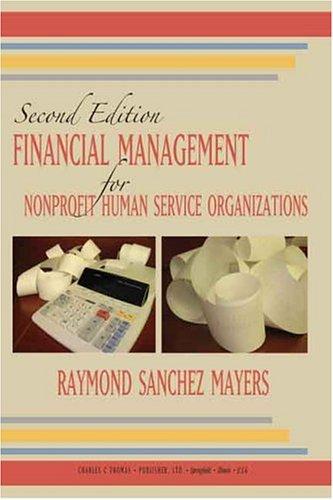Question
Question 1 Liquidity refers to Select one: a. a positive net cash flow to cover unexpected expenses. b. the amount of insurance coverage a person
Question 1
Liquidity refers to
Select one:
a. a positive net cash flow to cover unexpected expenses.
b. the amount of insurance coverage a person has.
c. a person's inability to pay his or her debt or other obligations.
d. the ease of converting a financial resource into cash without a loss in value.
Question 2
Balance sheet assets should be valued at
Select one:
a. original purchase price.
b. fair market value.
c. insured value.
d. replacement value.
Question 3
You have a salary of $30 000, an RPP deduction of $2000, and union dues of $800. The federal tax rate is 15.5 percent. What federal tax do you owe?
Select one:
a. $2216
b. $1416
c. $4340
d. $4216
Question 4
Tax credits are used to reduce tax
Select one:
a. after total taxes payable are calculated.
b. when calculating total income.
c. when calculating taxable income.
d. before you subtract all deductions.
Question 5
Even if you have no tax to pay it is beneficial to file a tax return because
Select one:
a. it is required by law, if you are over 18.
b. you can make use of non-refundable tax credits during the year.
c. you may be eligible for a tax-free refundable GST/HST credit.
d. you may be eligible for Employment Insurance benefits.
Step by Step Solution
There are 3 Steps involved in it
Step: 1

Get Instant Access to Expert-Tailored Solutions
See step-by-step solutions with expert insights and AI powered tools for academic success
Step: 2

Step: 3

Ace Your Homework with AI
Get the answers you need in no time with our AI-driven, step-by-step assistance
Get Started


